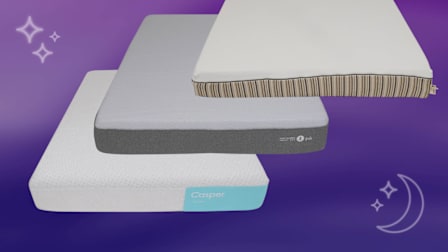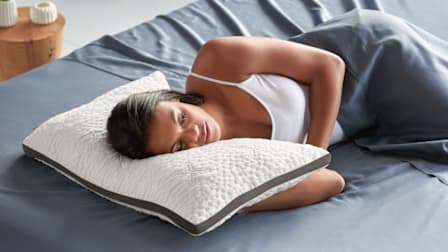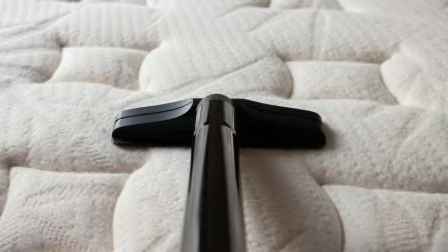Do You Need a Pillow Protector?
Experts explain how a good pillow protector can shield your bedding from unwanted allergens and bacteria
When you shop through retailer links on our site, we may earn affiliate commissions. 100% of the fees we collect are used to support our nonprofit mission. Learn more.

When your head touches the pillow at night, the fact that it could be making you sick probably never crosses your mind. But there might be something on your pillowcase that’s harming your health: dust mites.
These microscopic bugs and their droppings are a common household allergen that can be found in bedding, mattresses, upholstered furniture, and curtains—anywhere moisture and dead skin cells collect. Pillows are one of their favorite homes.
"Over time, hair, dead skin cells, sweat, and drool build up on the pillow," says Neil Kao, MD, an allergist-immunologist in Greenville, S.C. The result is a smorgasbord for dust mites but bad news for your health.
How to Find the Right Pillow Protector
For a protector that will keep dust mites out of your pillow, check that the product label displays a fabric pore size (the size of openings in the weave) of no greater than 6 micrometers or microns. You’ll also want to look for the words "woven fabric" to ensure the pillow protector is made from a tighter knit material that will limit dust mite contact.
It’s also a good idea to zero in on pillow protectors that are certified by the AAFA. These will say "Certified Asthma and Allergy Friendly" or "Meets Certification Standards" on the packaging, along with the AAFA logo. Pillows with this certification have been tested to make sure they block more than 99 percent of dust mite allergens before the first wash, and 95 percent after 18 washes.
But you’re not done just because you’ve zipped a protector over your pillow. Remember to wash the pillow and the protector regularly. "AAFA recommends that bedding materials be washed weekly in hot water to remove dust mites," says Carver.
Just remember that repeated washings can degrade a pillow protector’s permeability. So check the manufacturer’s recommendation for when to replace it. As a rule of thumb, Carver suggests replacing pillows every two years or sooner. And by using a certified asthma and allergy pillow protector, you may extend the life of your pillow, she adds.
Shopping for pillows along with pillow protectors? Below, CR members can see four of the top-rated pillows from our tests. For more options, check out our full pillow ratings, which feature reviews of almost 40 pillows. You can also read our pillow buying guide to learn more about the different types of pillows and how we test each type.
































